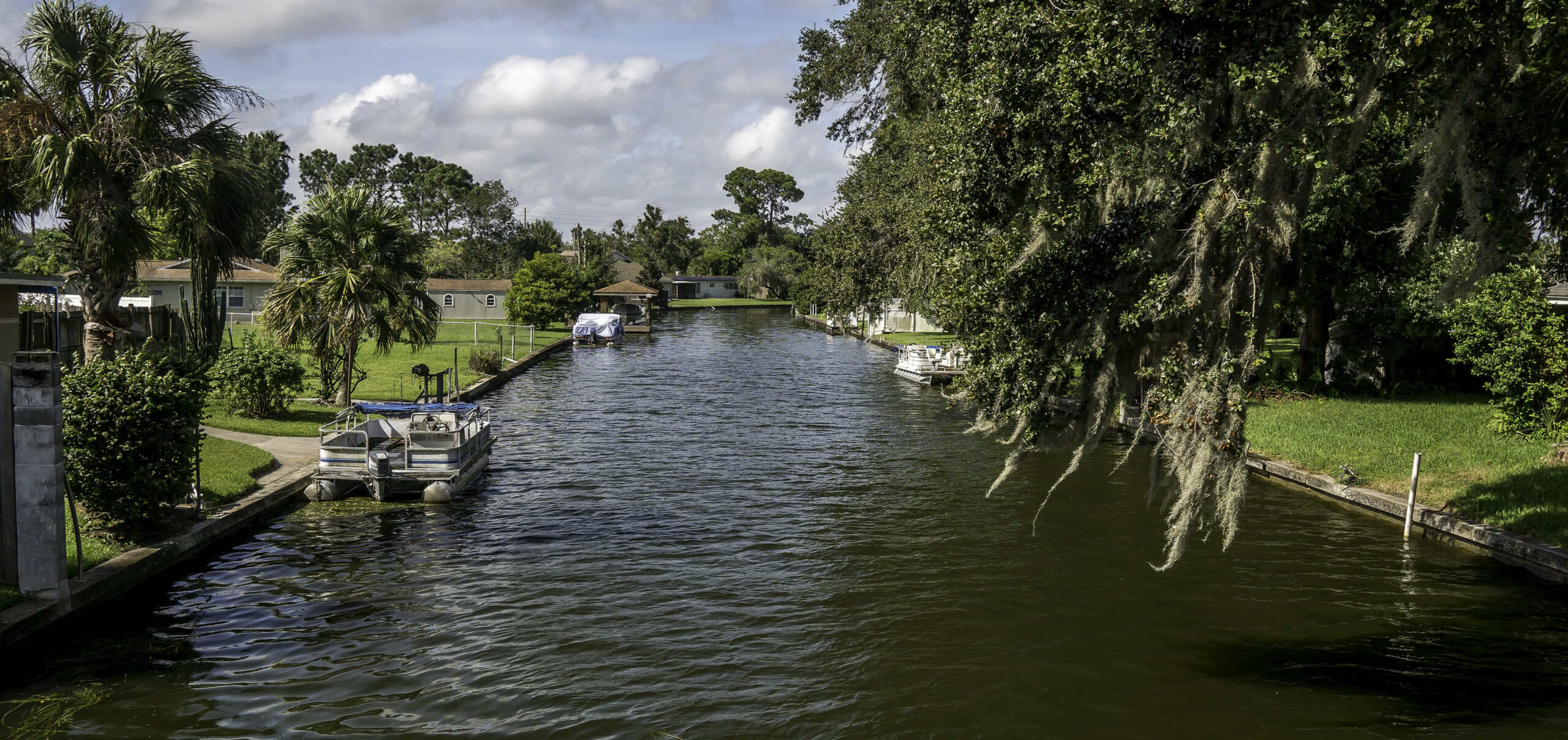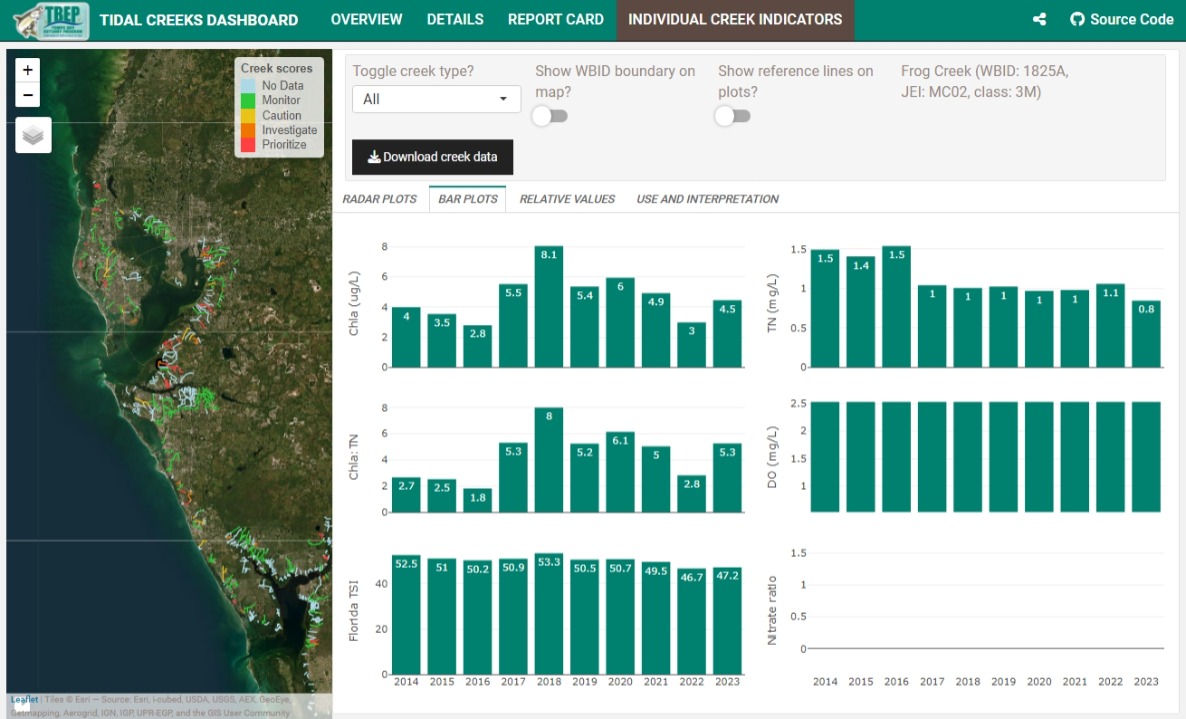The four proposed rules could amount to a substantial weakening of one of the United...

Tidal Creeks Water Quality Assessment Framework
Researchers collaborated with three National Estuary Programs in Florida to create a water quality assessment framework, resulting in a health report card and prioritization of creeks for action.
Why does this project matter?
Tidal creeks are vital habitats as nurseries for estuarine-dependent species and play a significant role in material transfer and ecological processes. Despite this, they remain woefully understudied relative to larger riverine and open estuary systems. This project aimed to change that by developing a tidal creek report card and management framework for a population of over 300 creeks in southwest Florida.
What is ESA doing to help?
ESA’s water quality scientists addressed this management need by collaborating with three contiguous National Estuary Programs and six county governments along the Gulf Coast of Florida as well as the US EPA to develop a unified management strategy for southwest Florida tidal creeks. The effort included dedicated sampling of a subset of creeks, coordination among a large group of stakeholders, and extensive data analysis to identify indicators of creek water quality condition. The resulting management strategy includes indicators of tidal creek health and report card outcomes designed to direct limited capacity to manage natural resources towards those creeks where remedial efforts can be most effective in improving tidal creek condition.
 The Tidal Creek Water Quality Assessment Framework Dashboard reports tidal creek health, and other environmental indicators, which water managers can utilize to adapt management strategies.
The Tidal Creek Water Quality Assessment Framework Dashboard reports tidal creek health, and other environmental indicators, which water managers can utilize to adapt management strategies.
By using the principles of open-science and an openly available dashboard, water managers across the region are able to see a snapshot of each creek’s health, replicate results, and identify and prioritize potential problem areas that should be targeted for intervention. It is important to note that the framework outcomes do not carry any regulatory authority and are not intended to supersede any State or Federal regulatory standards currently in place, including aquatic life criteria used to evaluate waterbody impairments or pollutant load reduction goals associated with existing or forthcoming total maximum daily loads (TMDLs), but instead are used to drive local efforts to protect and restore critical habitat for important species of recreational and commercial value.
The findings of this research and more in-depth information about the effort is available in the article by Mike Wessel et al., “Developing a Water Quality Assessment Framework for Southwest Florida Tidal Creeks.”
Connect with our team
"As a fisheries biologist and life-long advocate for sustainable fisheries management, this project has allowed me to contribute to the protection of critical nursery areas for species on which the local ecosystem depends and support efforts to minimize the impacts of land-based sources of pollution on estuarine environments."
Details
Client Sarasota Bay Estuary Program
Location Southwest Florida
Market Natural Resource Management
Services
Biological Resources
Land & Resource Management
Watershed Assessment & Management
Environmental Compliance
Adaptive Management
Agency Consultation & Coordination
Fish and Aquatic Sciences
Over Water Services
Special Studies
Technology
Water Management
Website Development
Water Quality
Notable
Published in open access Estuaries and Coasts 2022 and highlighted in their Management Application newsletter.

Scientists use a 9.1 meter seine net to collect fish in a southwest Florida tidal creek.
News & Ideas
If finalized, the Waters of the United States Proposed Rule would reduce the geographic extent...
ESA’s federal strategy and NEPA experts have been staying abreast of the shifts in federal...
As we kick off 2026, our federal policy and permitting experts are hitting the road...
The following speech was delivered on November 7, 2025, in Salt Lake City, at The...
The commercial drone package delivery sector is growing rapidly, with multiple operators looking to gain...






